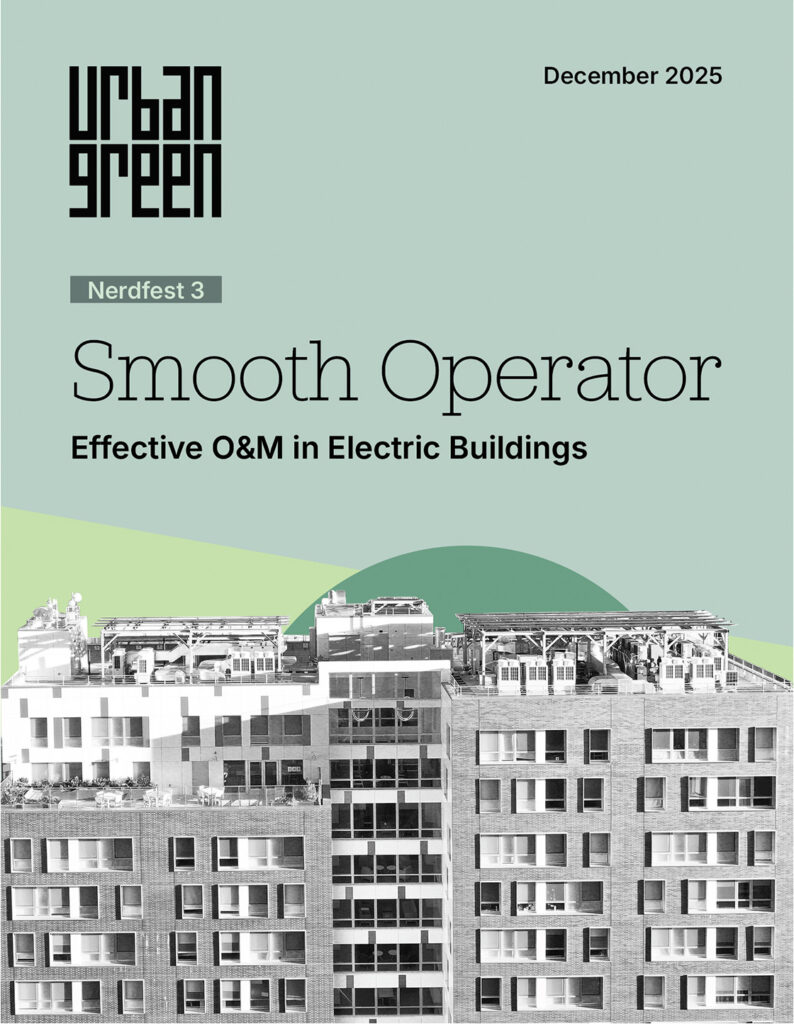Improving industry practices in NYC’s electric buildings
Original Publication by Urban Green Council • December 2, 2025
New York City is advancing toward building electrification. Local Law 154 requires that all new buildings use electric heat pumps for heating, cooling, and water heating systems. And Local Law 97 caps carbon emissions from NYC’s largest buildings, incentivizing retrofits.
As the built environment evolves, it has become urgent to assess how operations and maintenance (O&M) practices can adapt to improve outcomes in electric buildings. The New York City Department of Housing Preservation and Development (HPD) is developing tools to improve industry practices, which is critical to ensure long-term efficiency, cost control and tenant comfort in affordable multifamily buildings.
As part of this effort, HPD and NYSERDA requested that Urban Green Council convene a group of experts to identify O&M strategies that meet the emerging demands of electric buildings. In this report, we summarize the findings from the convening and offer actionable guidance on improving industry practices in electric buildings.

Key challenge areas in electric buildings:
- Commissioning
- Preventative Maintanence
- Monitoring and data analysis
- Effective occupant engagement
- Staff training
Who is this report for?
This report is intended for people who own, develop, design, manage, operate, service, maintain, and set policies and standards for affordable multifamily buildings.
Section 1 explores the five key priority challenges identified during the convening:
- Commissioning
- Preventive Maintenance
- Monitoring and Data Analysis
- Effective Occupant Engagement
- Staff Training
Section 2 provides targeted recommendations for stakeholders involved in building electrification projects, including guidance for:
- Owners, Developers and Owner’s Representatives
- Designers and Service Providers
- Manufacturers
- Contractors
- Operators and Property Managers
Section 3 lists items that need additional research

Download the report
Click here to read the PDF.
Going Electric
Electrification will be a multi-decade process. Going Electric identifies nine next steps to jumpstart electrification in multifamily buildings.
Going Electric: Retrofitting NYC’s Multifamily Buildings
To achieve a low-carbon future, we’ll need to transition our buildings from burning fossil fuels to using electricity for heating and hot water.
Educating building operators for a green future
Discover how 32BJ Training Fund is preparing building operators for a sustainable future.